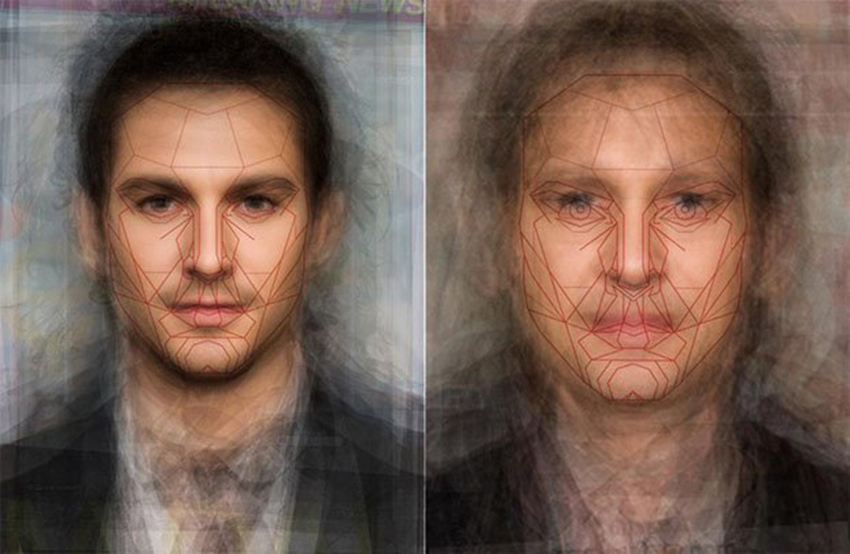Could this AI tell if you’re gay?
A scientist has given a rebuttal to critics of his AI that can tell if you’re gay.
Michal Kosinski was criticized last year for his study that found AI could predict a person’s sexuality.
The software took five images from more than 35,000 men and women. And using the facial recognition and tracing similar attributes, the computer could predict if the men were gay with a 91% accuracy rate. It was 83% for women.
If you only used one image, the algorithm could correctly distinguish between gay and straight men 81% of the time, and 74% of the time for gay and straight women.
Human judges performed much worse with only a 61% accuracy with pictures of men, and 54% of women.
Scientist defends ‘gaydar’ facial recognition software
‘I was just shocked to discover that it is so easy for an algorithm to distinguish between gay and straight people,’ Kosinski told the Guardian. ‘I didn’t see why that would be possible.’
The study was done by Stanford University. Kosinksi co-wrote the paper with Stanford computer scientist, Yilun Wang.
They used photographs from dating websites and an ‘off the shelf’ facial recognition software.
While he never set out to prove AI could predict a person’s sexuality, he calls it a ‘stumbled upon’ discovery.
He was sifting through Facebook profiles and started to notice a pattern in people’s faces.
‘It suddenly struck me,’ he said, ‘introverts and extroverts have completely different faces. I was like, “Wow, maybe there’s something there”.’
Kosinki received a ton of emails, many confused about their sexuality hoping they would be able to run their photograph through his algorithm. He declined to do this.
What if this algorithm lands in the wrong hands?
Many argued the algorithm could be used in countries where it is illegal to be gay, and prosecute people based on their faces.
If in the wrong hands, this software is a scary sign of the future. It could be used to out people without their permission or pave the way for people to be abused based on their sexual orientation.
‘This is the inherent paradox of warning people against potentially dangerous technology,’ he said.
‘I stumbled upon those results, and I was actually close to putting them in a drawer and not publishing – because I had a very good life without this paper being out. But then a colleague asked me if I would be able to look myself in the mirror if, one day, a company or a government deployed a similar technique to hurt people.’
‘Gender-atypical’ features
According to research, gay men and women tend to have ‘gender-atypical’ features, expressions and ‘grooming styles.’
This suggests gay men appear more feminine and gay women appear more masculine.
The data also suggested certain trends in the face shape of men and women.
It claims gay men have narrower jaws, longer noses and larger foreheads than straight men.
On the other side, gay women had larger jaws and smaller foreheads compared to straight women.
People of color, trans people, and bisexual people were not considered in the study.







